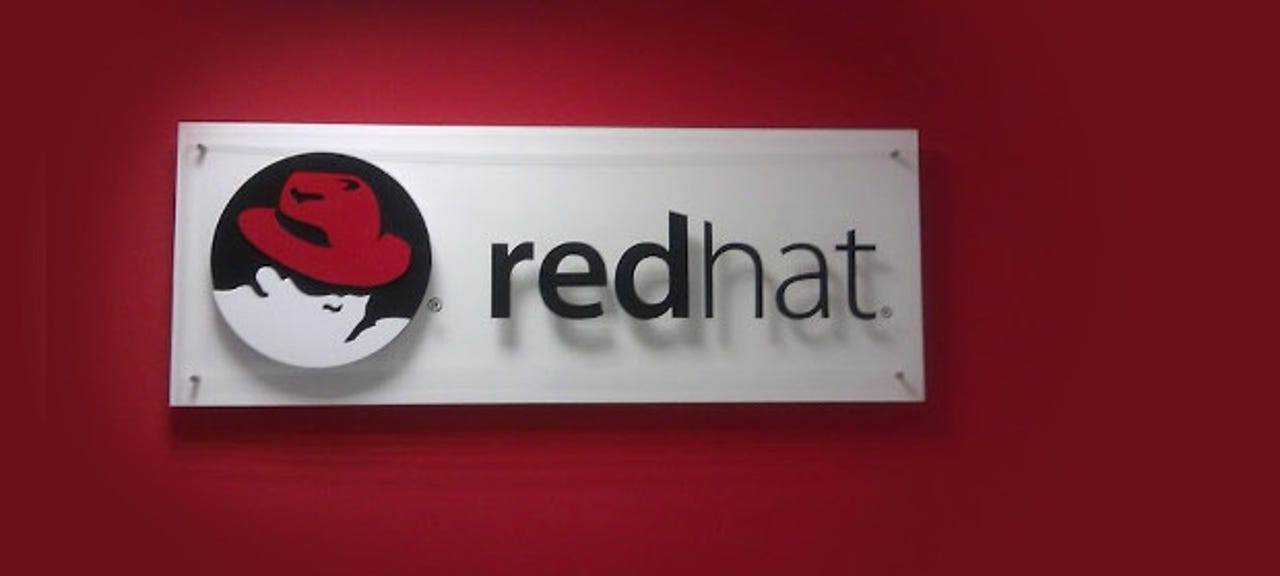A big step forward in business Linux: Red Hat Enterprise Linux 7 arrives


Red Hat took longer than expected, but corporate Linux server, datacenter, and cloud users will be very interested to know that after over half a year in the beta oven Red Hat Enterprise Linux 7 (RHEL 7) is now fully baked and is finally in the wild.
Tech Pro Research
However, the Raleigh, NC-based Linux giant wants you to see RHEL 7 as being more than just the next step forward in what's arguably the most popular business Linux server. Red Hat says that RHEL 7 "lays the foundation for the open hybrid cloud and serves enterprise workloads across converged infrastructure."
What Red Hat means by this is that, as Red Hat's president of products and technologies Paul Cormier said in a recent webcast, RHEL 7 works on four platforms: Bare metal servers, virtual machines (VM), OpenStack-based Infrastructure-as-a-Service (IaaS), and Platform-as-a-Service (PaaS) clouds. These, in turn, can be used together to form a robust, powerful datacenter and cloud environment for business.
To help make this happen, Red Hat emphasized that, while it's still using Kernel Virtual Machine (KVM) for datacenter and cloud virtualization, it's also adopting container technology so that users can get even more applications working on the same server hardware.
In particular, Red Hat's platform business vice president Jim Totton said that Red Hat has developed a close partnership with Docker, which just released Docker 1.0.
With Docker 1.0, RHEL 7, apps run independently from the underlying operating system and from one another. This means users can move their Dockerized apps from a container on bare-metal to a virtual machine to a cloud as needed.
Eventually, Totton added, there will be a lightweight version of RHEL 7 that will work with a Docker container. This "Project Atomic," is still in development. Users will see it first in its testing ground and community operating system, Fedora.
Don't mistake Red Hat's focus on containers and cloud functionality to mean that they're ignoring RHEL's core Linux features or its old customers. For example, RHEL 7 will be available for desktops and workstations. Totton also added that while RHEL 7 features would be coming to Red Hat's newly acquired CentOS, a RHEL clone, the final decision on when those new bits will be added to CentOS will be made by the CentOS's board.
As for the features, RHEL 7 boasts many stability and performance upgrades. Red Hat claims that, depending upon the load, RHEL 7 is 11 to 25 percent faster than the previous iteration of the software, RHEL 6.
In addition, advanced programming tools are now available via the already released Red Hat Software Collections 1.1. The other top new RHEL 7 features, as I see them, are:
- XFS is the default file system: This enables you to scale file-systems up to 500 terabytes.
- Microsoft Active Directory (AD) support: With this you'll be able to have cross-realm trust Windows and RHEL domains. This is ideal if you have users working with heterogeneous operating system-based datacenters or server farms.
- The adoption of systemd: This is the replacement for init, the old Unix way of starting processes and services on a system and initializing resources. After years of debate, it's been adopted by Red Hat, SuSE, Debian, and Ubuntu to become the new default way to start Linux systems. It also incorporates performance profiles and tuning and instrumentation for optimized performance and easy scalability.
- The adoption of OpenLMI. This is a standard remote application programming interface (API). Red Hat has used this to provide unified management tools and a management framework to streamline administration and system configuration.
- The adoption of Performance Co-Pilot, a set of real-time frameworks and services for recording and monitoring system performance. This lets both system administrators and other sub-systems, such as systemd, keep a close eye on what's actually happening in a RHEL 7 server instance as it happens.
Put it all together, and RHEL 7 looks very impressive indeed for corporate Linux users. I'm not the only one who thinks so.
In a statement, IDC's program vice president for servers and system software Al Gillen said: :
Red Hat has systematically grown the capabilities and value proposition of RHEL with each new release. RHEL 7 is no exception, and layers features and support for Linux Containers on top of an operating system that has seen major virtualization and cloud enhancements in the past two years. The addition of cross-realm trust with Active Directory is a pragmatic move, especially given the widespread use of Active Directory as a primary identity store.
RHEL's existing customers seem to see RHEL 7 a real step forward as well. Totton added that most of RHEL's users plan on on adopting RHEL 7 in the next six months. He added that 90 percent of the Fortune 500 are already using RHEL.
Leaving aside Red Hat's self-congratulations, from what I can see, and from what Red Hat customers have told me, I have no doubt that Totton is right. RHEL 7 is indeed a very significant Red Hat release and it's going to see wide adoption very quickly, not only in server rooms and datacenters, but on OpenStack-based clouds as well.
Related stories: